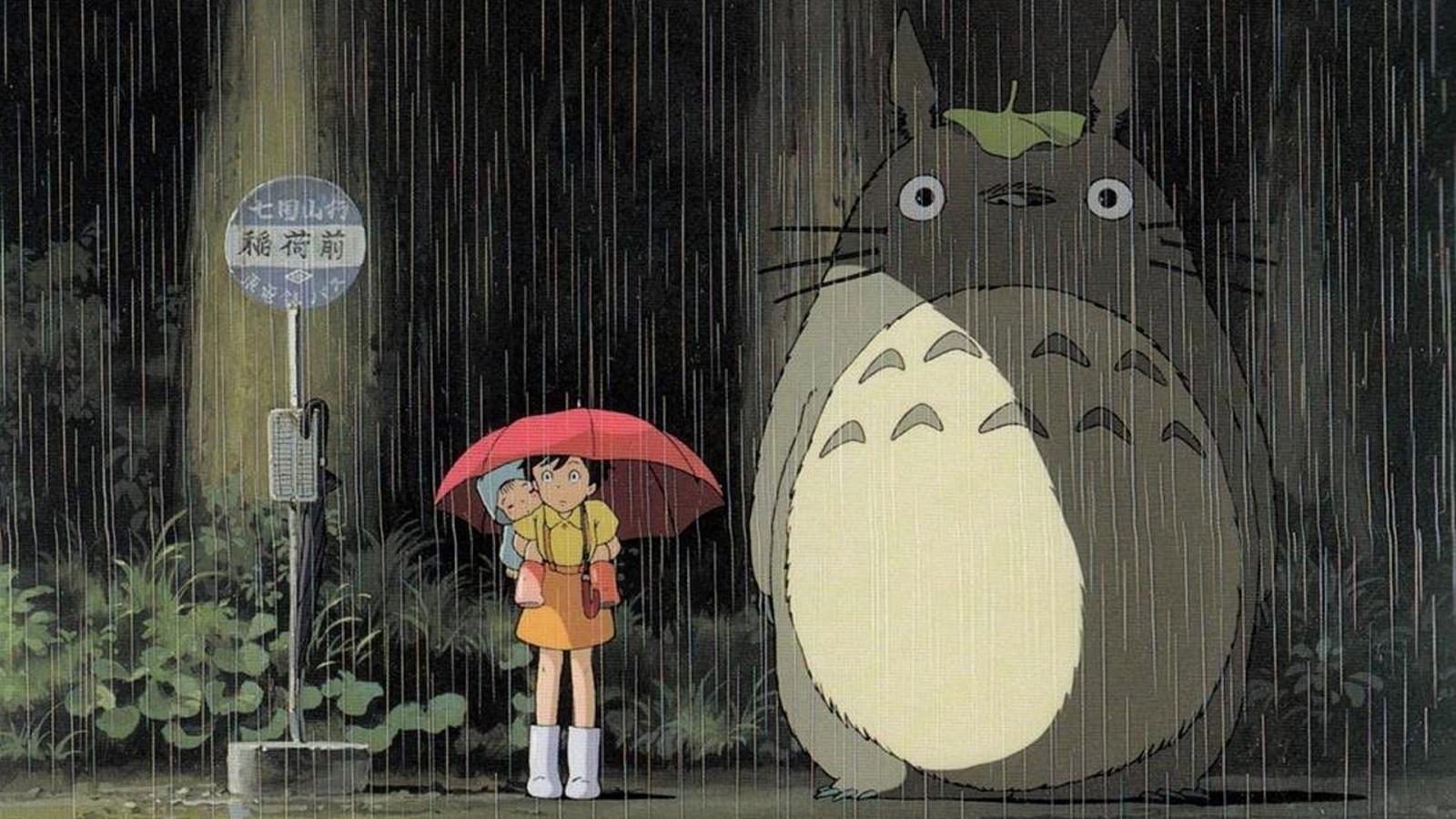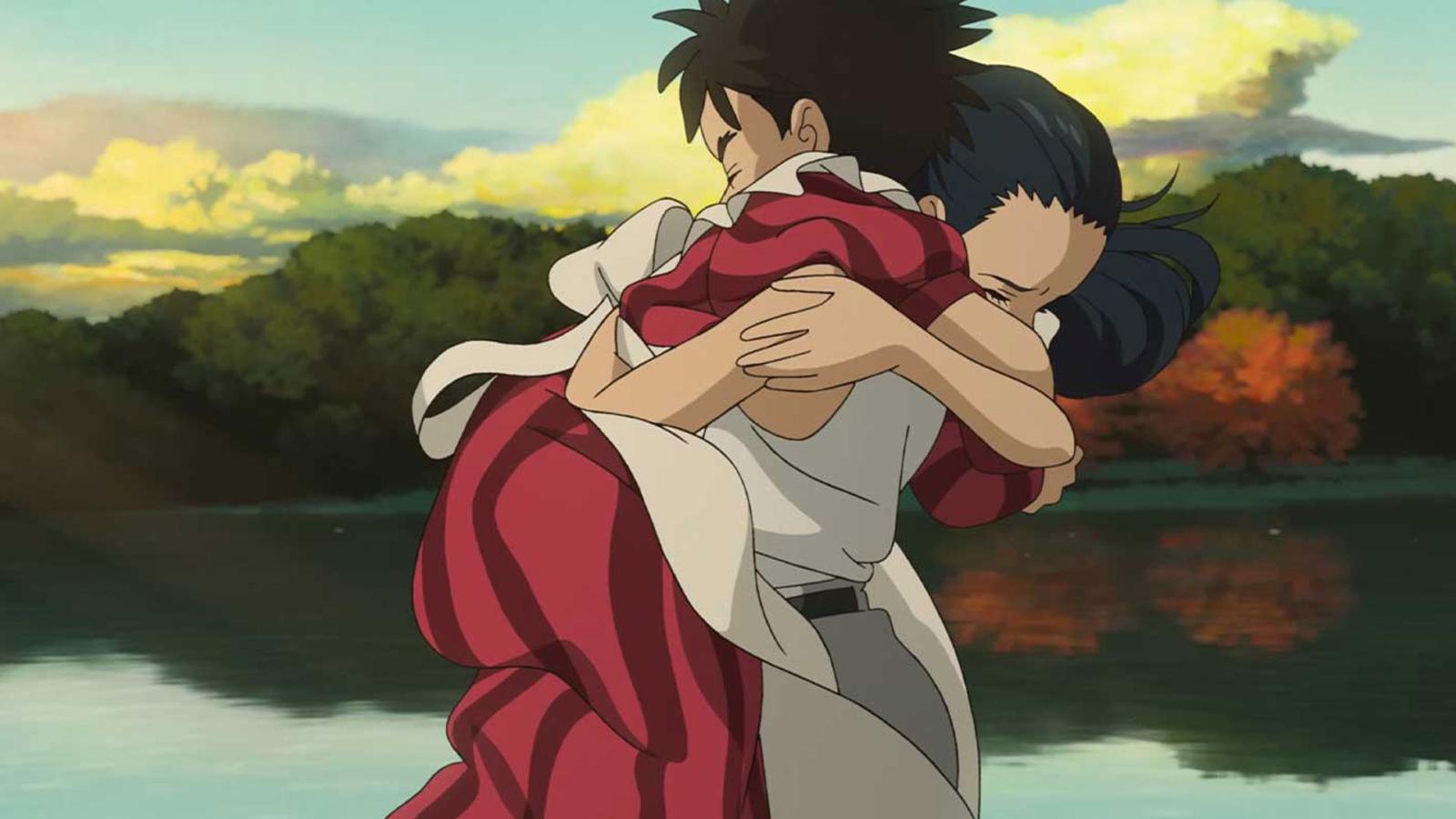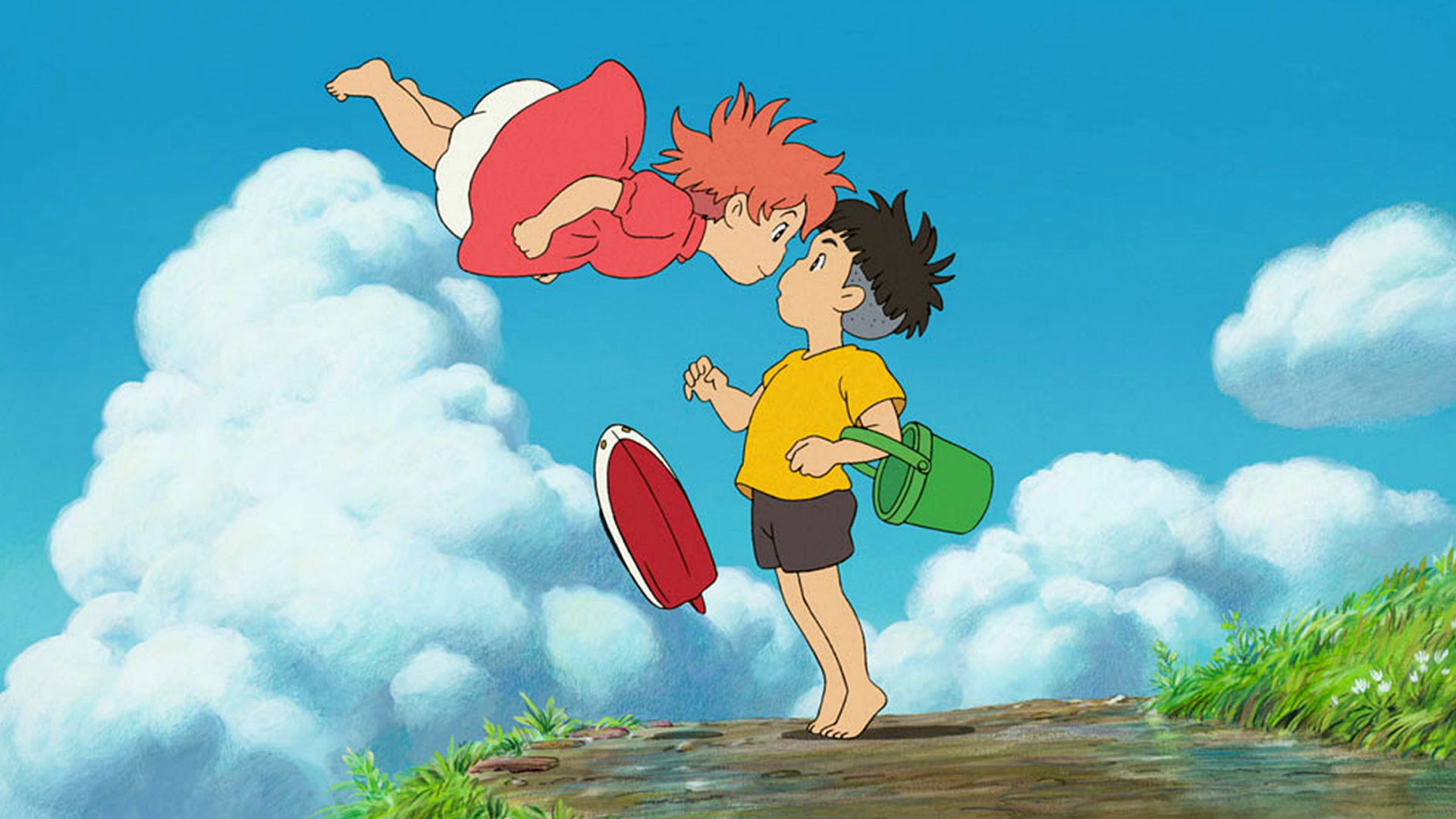This is actually a difficult question.
Summary:
- Ghibli movies aren't always good for kids.
- Main characters in Ghibli films are often children and teenagers.
- Ghibli films can create ambiguity that children may not always understand.
Studio Ghibli is associated in the minds of many viewers with premium anime content that appeals to both shonen fans and enjoyers of high-concept art. You can easily show them to your children or younger siblings. However, Ghibli just seems like the perfect choice for kids. In fact, their movies are not that simple.
Escapist fun

Ghibli films (and especially the work of Hayao Miyazaki) are full of vivid imagery, entertaining children and teenagers (almost every film has fantastic animals and amazing locations). It's no exaggeration to say that Ghibli animators create universes first, not stories. Hayao Miyazaki confirms this. The master says that he is guided primarily by his imagination, and then he adjusts the plot to fantastic images.
Let’s not forget that the main characters in Ghibli films are often children and teenagers. It is easier for children to identify with such characters because they understand their psychology and behavior. Often Ghibli plots are typical coming-of-age stories with themes familiar to all teenagers about being different and being misunderstood by loved ones.
Ghibli stories have a high degree of abstraction (look at any Miyazaki film), so children can freely interpret events and let their imagination run wild. Surely My Neighbor Totoro or Spirited Away are excellent conversation starters for parents and children. But is that conversation always simple?
Adult themes

Because of their high level of abstraction Ghibli films can create ambiguities that children may not always understand. Take, for example, the relationship between the main character and his mother in The Boy and the Heron.
Traveling through time, the protagonist meets his mother at a young age. A complex Freudian tension arises between them. Surely parents can explain the meaning to their children, but what if the child is watching the movie alone?
Studio Ghibli also has psychologically difficult films that even adults find difficult to watch. For example, Grave of the Fireflies, which tells the story of two children against the backdrop of World War II. Grave of the Fireflies is a very heartbreaking story. Mainly because it shows the reality of Japan at that time.

Despite the fact that formally it is in many ways a familiar Ghibli film (there is escapism, fantastic imagery, and children in the lead roles), it will be too harsh for a young audience.
The same applies to meaningful symbols. The studio's films are an extremely complex web of cultural references that could be difficult for children to understand. Each film is a special occasion, but ideally, Ghibli should be shown to children with thoughtful commentary.

